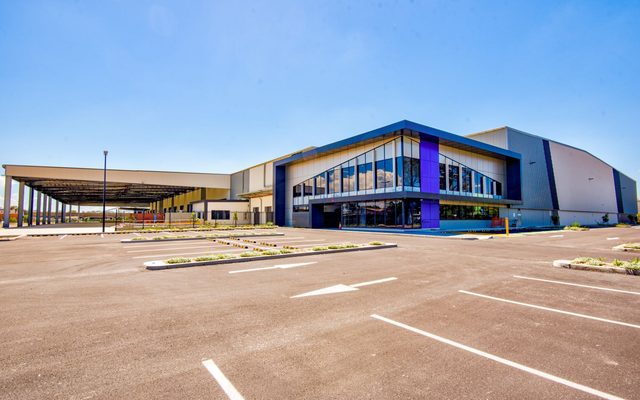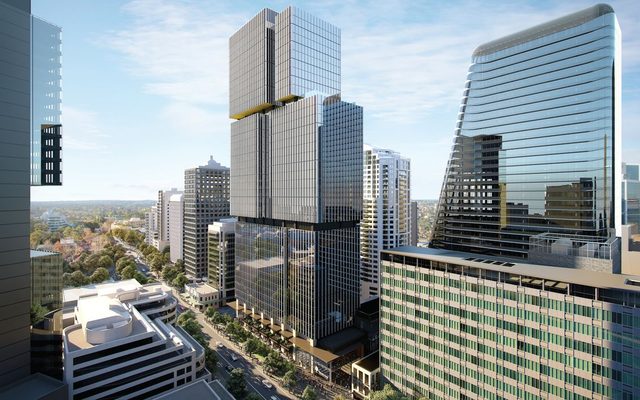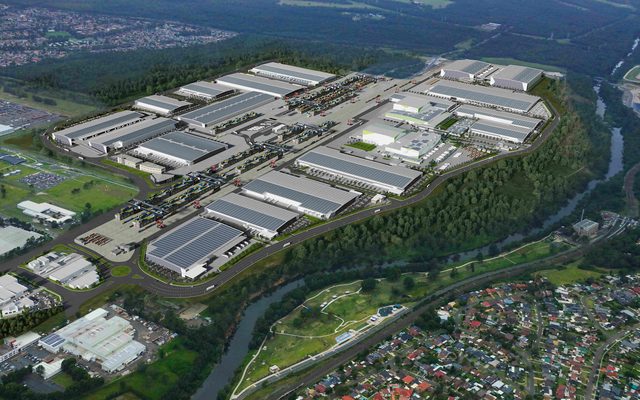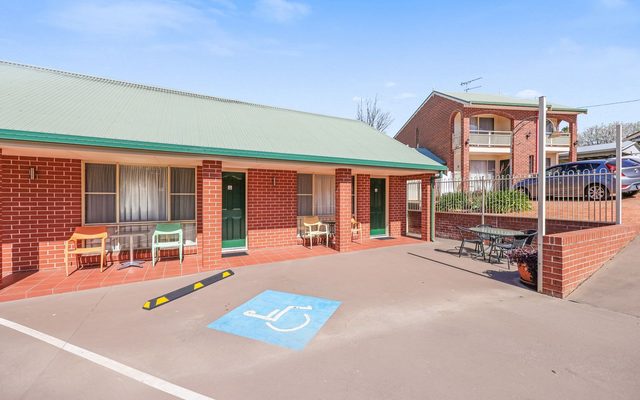This article is from the Australian Property Journal archive
LARGE format retail (LFR) recorded a 79% drop in transaction volumes over 2023, as scarce supply resulting in minimal opportunities, despite demand.
According to the latest research from JLL Retail Investments Australia & New Zealand, LFR transaction volumes were also down 65% on the ten-year average.
“The LFR sector is entering an interesting phase of its cycle with supply and vacancy at historic lows for the major metropolitan markets like Sydney, this coupled with the rapid population growth and strong retailer performance is driving income growth in the sector,” said Nick Willis, senior director at JLL Retail Investments Australia & New Zealand.
There has been a drop in institutional capital investment in the LFR sub-sector, resulting in an increase in private and syndicator interest.
“LFR property has always had strong underlying investment fundamentals. However, more recently, the sector has experienced an increase in tenant activity with new entrant retailers requiring access to larger format stores – in some cases to implement a last mile strategy – which has begun to translate to rental growth,” said Sam Hatcher, head of JLL Retail Investments Australia & New Zealand.
“This is driving growth in cash flows and leading to institutional capital’s re-engagement on the LFR sector, however more recently the challenge for capital is accessing prime LFR assets, which rarely trade across Australia.”
LFR remains one of the most resistant sub-sectors to repricing pressures and softening retail yields.
LFR assets are also often located on large landholdings and boast low site coverage, enabling flexible optionality on alternate uses.
JLL alone transacted over $2.05 billion in LFR assets since 2020, with Charter Hall emerging as the largest buyer, acquiring $460 million worth of LFR Bunnings Warehouse assets via JLL.
“Rising construction costs and the low rental profile on LFR assets are increasingly placing pressure on feasibility for new LFR development,” said Phoebe Cooney, analyst at JLL Retail Investments Australia & New Zealand.
“This coupled with a rapid rise in demand from industrial in core metro locations is leading to the building case for conversion of LFR assets into last-mile logistics. Our latest research is showing average net LFR rents are now only $33/sqm more than prime industrial net rents, which is placing pressure on existing LFR assets to meet increasing consumer demand.”




